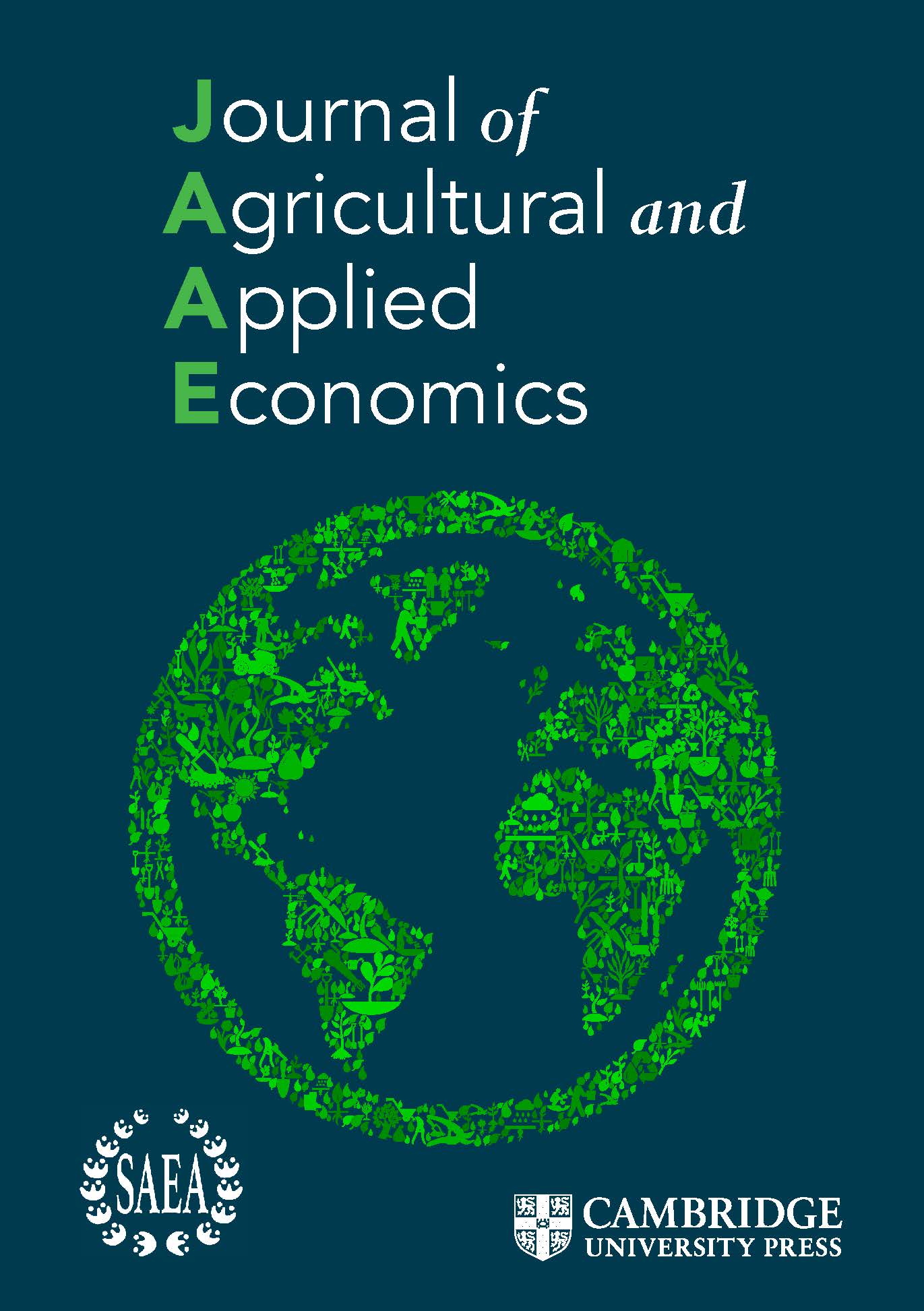As Data Centers Proliferate, Illinois Communities Grapple with How to Supply the Necessary Water. "This isn’t reused wastewater. This is drinking water”
-
Distributed computing would eliminate the water usage, since the heat output wouldn't be so highly concentrated, but it would probably somewhat increase power consumption.
In an ideal world I think data center waste heat would be captured for use in a district thermal grid / seasonal thermal energy store like the one in Vantaa.
Of course that isn't to say that we shouldn't be thinking about whether we're using software efficiently and for good reasons. Plenty of computations that take place in datacenters serve to make a company money but don't actually make anyone's lives better.
In an ideal world I think data center waste heat would be captured for use in a district thermal grid / seasonal thermal energy store like the one in Vantaa.
Yes, this would be the ideal for dealing with that issue. Re-use that heat to generate some of the energy the data center is demanding.
Imagine there’s an engineering & physics issue to be solved. But where would we find those top talent people to solve it?
-
How about water usage rates that penalize bulk consumers instead of giving them cheaper rates?
big farmer wouldn't like this, and big farmer gives America the corn syrup it needs to survive
-
Also, good luck sourcing salt water in Illinois.
then don't build anything in illinoisi
-
Distributed computing would eliminate the water usage, since the heat output wouldn't be so highly concentrated, but it would probably somewhat increase power consumption.
In an ideal world I think data center waste heat would be captured for use in a district thermal grid / seasonal thermal energy store like the one in Vantaa.
Of course that isn't to say that we shouldn't be thinking about whether we're using software efficiently and for good reasons. Plenty of computations that take place in datacenters serve to make a company money but don't actually make anyone's lives better.
If I'm having a video meeting p2p instead of microsoft teams running in the cloud, that would reduce power consumption, not increase it.
-
If I'm having a video meeting p2p instead of microsoft teams running in the cloud, that would reduce power consumption, not increase it.
Is a connection between 3+ people still p2p? Or is there another term for it?
I don't know how this would work over the internet though.
On a LAN you could use multicast, but I don't think ISPs support multicast, it seems like it would be an easy way to DoS. But I honestly don't know.
So, if you can't multicast, the way to have serverless multi-user video calls would be to have a separate video feed for each receiver, which I can see using more resources than through a server that would replicate the stream to all the receivers. Of course this is dependant on distance, even without multicast it consumes more resources if everyone is in the same LAN.
-
It takes more work to avoid salt buildup, but you can evaporate saltwater as a place to dump heat, and we aren't gonna run out of saltwater any time soon. 'Course, only so many places have saltwater access.
EDIT: You evaporate enough water for cooling, you can increase rainfall somewhat in the local area, which boosts crop growth measurably. I remember reading an article about nuclear power plants that use evaporative cooling producing that effect.
kagis

Effect of Nuclear Power Plants on Local Crop Yields | Journal of Agricultural and Applied Economics | Cambridge Core
Effect of Nuclear Power Plants on Local Crop Yields - Volume 54 Issue 1
Cambridge Core (www.cambridge.org)
The growing prevalence of clean energy raises the question of possible associated externalities. This article studies the effects of nuclear power plant development (and, as a result, the increased amount of water in the atmosphere from evaporative cooling systems) on nearby crop yields and finds that an average nuclear power plant increases local soybean yields by 2 and corn yields by 1 percent.
Where is the salt water in Illinois?
-
Hmm. If a city had some system of central heating, would a data center's waste heat be used during winter months? I've heard of projects to use abandoned mines flooded with water as a sort of thermal battery, could that also be a solution?
Yes, it's been done
-
Is a connection between 3+ people still p2p? Or is there another term for it?
I don't know how this would work over the internet though.
On a LAN you could use multicast, but I don't think ISPs support multicast, it seems like it would be an easy way to DoS. But I honestly don't know.
So, if you can't multicast, the way to have serverless multi-user video calls would be to have a separate video feed for each receiver, which I can see using more resources than through a server that would replicate the stream to all the receivers. Of course this is dependant on distance, even without multicast it consumes more resources if everyone is in the same LAN.
There can be an unlimited no. of connections (or peers). Remember the bittorrent days, where you could seed to and download files from many peers simultaneously? You can do the same with data streams, f.ex. video and audio. Try Keet if you want to see a practical example.
We don't need data centres to share files, chat, do video calls, live streaming, etc.






